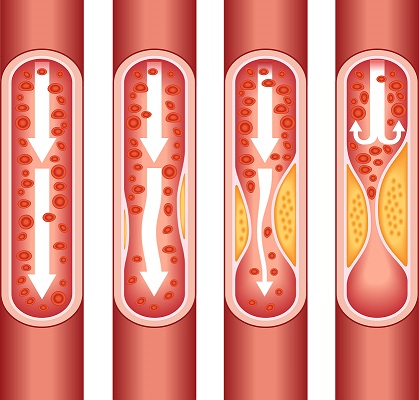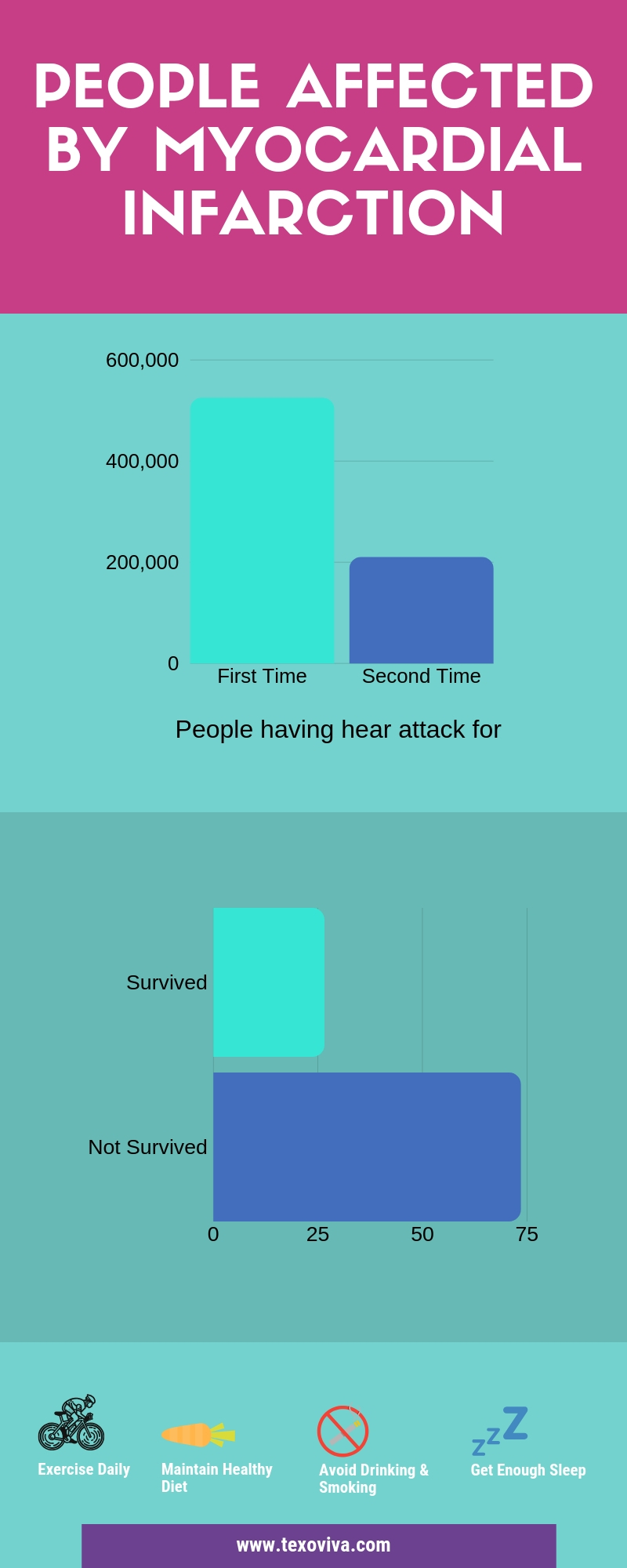Repairing Cardiac Damage

Finally, after so many attempts, scientists have finally developed a gene therapy that can regenerate myocardium (heart tissue) after myocardial infarction (heart attack). Currently, this method is only available for mammals. This test was done on pigs. The same thing is possible for humans.

As plaque builds up in the arteries of a person with heart disease, the inside of the arteries begins to narrow, which lessens or blocks the flow of blood. Plaques can also rupture (break open) and when they do a blood clot can form on the plaque, blocking the flow of blood. Courtesy: Center of Disease control and prevention
Myocardium never develops after birth in a mammal. During the myocardial infarction, the tissue is damaged and remains damaged for the rest of the life of being. This leads to more heart disease.

How many suffer and how to avoid these.
Scientists injected human genetic material microRNA-199a into infarcted pig's heart. One month after the treatment mammals showed improved heart condition. It reduced the scar tissues in a mammal. After injecting microRNA-199a, the cell enters the cell cycle leading to division and generation of cells.
The vector used to inject the gene was a virus, but it is harmless. The research was done on pigs because their anatomy and organ structures are similar to humans.
In this research, the cell was produced in an uncontrolled manner. This research is still in very early phases and it will take time to come to clinical trial said Professor Giacca. 'A treatment that helps the heart repair itself after a heart attack is the holy grail for cardiologists,' said Professor Ajay Shah, British Heart Foundation chair of cardiology at King's College London.
 Never miss a story from us, subscribe to our newsletter
Never miss a story from us, subscribe to our newsletter